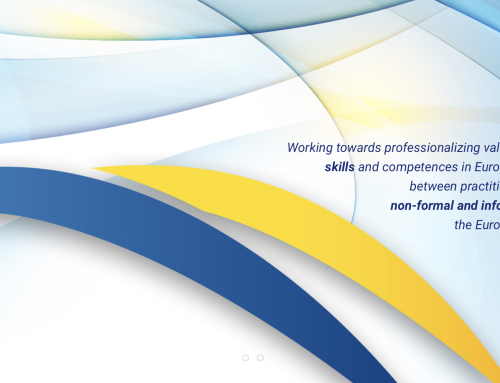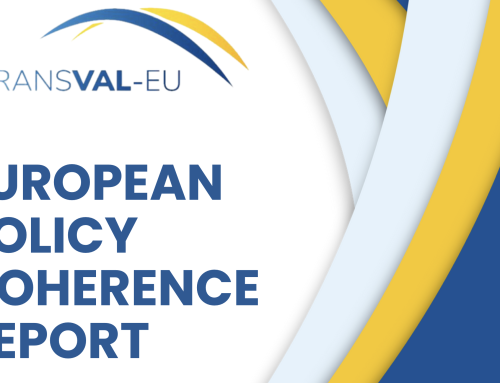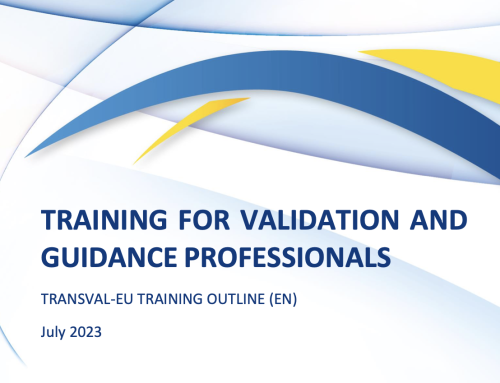A Catalogue of Validation Methods
All the efforts of TRANSVAL partners are now focused on testing the Curriculum and Toolkit developed for the guidance and validation practitioners who would like to incorporate transversal competences into their work. Each partner presents the set of the tools in their countries (the National Training) and encourages the practitioners to use these tools during field trials.
The tools for identifying, documenting and assessing (transversal) skills are generally based on so-called validation methods; the methods are the brics of the larger constructions. As part of a project supporting the implementation of the Integrated Qualifications System in Poland, experts from the Educational Research Institute (IBE) developed the concept of a website that presents basic validation methods and helps to select the right methods for the validation of learning outcomes. This Catalogue of Validation Methods is available here: https://walidacja.ibe.edu.pl/metody/en/
On the Catalogue homepage, the user will find the definition of “Catalogue” and “validation”, and can watch a video tutorial on how to use the website. In addition, using the interactive icons on the home page, the user can learn about the characteristics of each validation method. Detailed descriptions of each method can also be found in the main menu at the top of the page. Under the Selecting Methods section, you can learn about both the factors that determine and limit the choice of methods selected and the step-by-step process of selecting appropriate validation methods for a qualification. This information is presented in the form of clear infographics.
An interesting feature of the Catalogue is the possibility of comparing validation methods. We start by selecting the methods we are interested in, up to 4 at a time. The next step is to go to the overview, where in a clear way, on a single screen, we can learn about the brief characteristics of each method, the stages of validation at which the method is recommended, the range of learning outcomes that can be verified by this method, and the necessary resources that are required to use the method. Furthermore, the Catalogue suggests possibilities for combining the selected method with others.
The Catalogue of Validation Methods can significantly facilitate the process of designing validation. The choice of appropriate methods has an impact on the outcome of the candidate assessment process and, indirectly, on the quality of the qualification awarded. If methods are inappropriately matched to learning outcomes, the results will not be reliable. Therefore, being able to compare methods as well as being aware of the limitations of some of them, can prevent many mistakes in providing validation.




